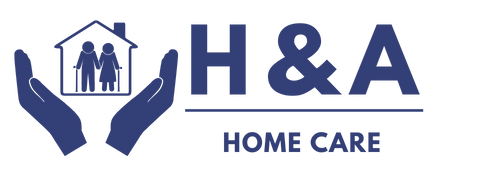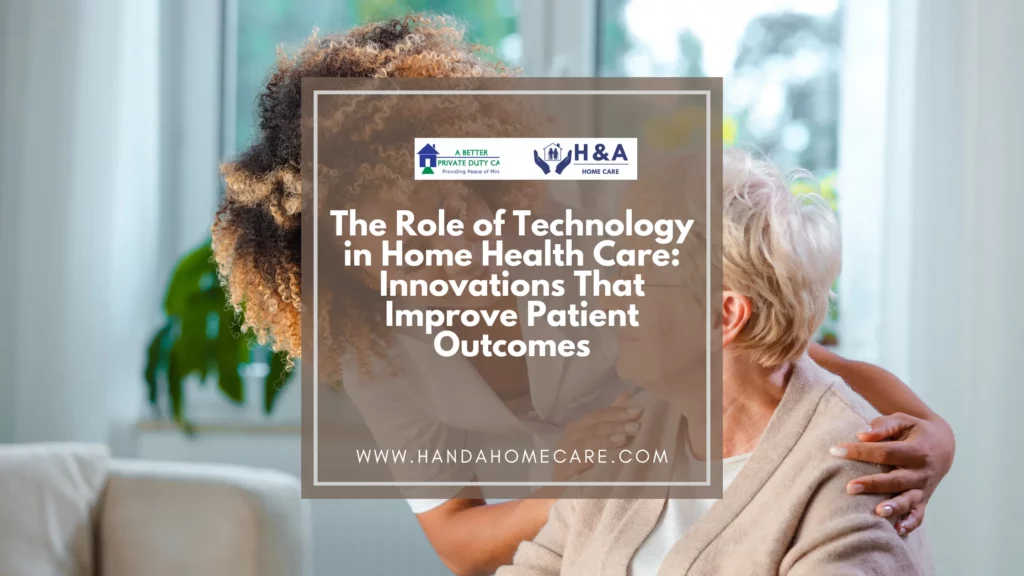Remote Monitoring Devices
Remote monitoring devices are one of the most significant technological innovations in home health care. These devices allow healthcare providers to track a patient’s vital signs, such as blood pressure, heart rate, and blood sugar levels, from a distance. By collecting and transmitting this data in real-time, remote monitoring devices enable providers to detect potential health issues early and intervene before they become more serious. Some examples of remote monitoring devices include:
- Wearable devices that track activity levels, sleep patterns, and other health metrics
- Smart medication dispensers that remind patients to take their medications and alert providers if doses are missed
- Biosensors that can detect changes in a patient’s condition and alert providers to potential complications
Telehealth Platforms
Telehealth platforms are another key technological advancement in home health care. These platforms allow patients to connect with healthcare providers remotely through video conferencing, secure messaging, and other digital communication tools. By enabling virtual consultations and check-ins, telehealth platforms can reduce the need for in-person visits, saving time and increasing convenience for both patients and providers. Some benefits of telehealth platforms include:
- Improved access to care for patients who live in remote areas or have mobility issues
- Reduced exposure to infectious diseases by limiting in-person contact
- Increased efficiency and productivity for healthcare providers who can see more patients in less time
Artificial Intelligence and Machine Learning
Artificial intelligence (AI) and machine learning (ML) are also beginning to play a role in home health care. These technologies can analyze large amounts of patient data to identify patterns and predict potential health risks. For example, AI algorithms can analyze a patient’s electronic health record to identify risk factors for certain conditions, such as heart disease or diabetes. This information can then be used to develop personalized care plans and interventions to prevent or manage these conditions. Other potential applications of AI and ML in home health care include:
- Optimizing staffing and scheduling to ensure patients receive timely and appropriate care
- Analyzing patient feedback and satisfaction data to identify areas for improvement in care delivery
- Developing personalized treatment plans based on a patient’s individual health history and preferences
Choosing a Home Health Care Provider That Embraces Technology
When selecting a home health care provider, it’s important to choose an agency that embraces technological innovation and is committed to using the latest tools and solutions to improve patient outcomes. H and A Home Care is a leading provider of home health care services in Atlanta, GA, that is dedicated to leveraging technology to provide the highest quality of care for its patients.
From remote monitoring devices to telehealth platforms, H and A Home Care uses cutting-edge technology to enhance communication, improve efficiency, and deliver personalized care plans that meet each patient’s unique needs. By partnering with a provider that is at the forefront of technological innovation, patients can feel confident that they are receiving the best possible care in the comfort of their own homes.
Conclusion
Technology is transforming the way home health care is delivered, enabling patients to receive high-quality care while also improving efficiency and communication among healthcare providers. From remote monitoring devices to telehealth platforms, innovative solutions are helping to improve patient outcomes and quality of life. When selecting a home health care provider, it’s essential to choose an agency that is committed to leveraging the latest technology to provide the best possible care. If you’re in need of home health care services in Atlanta, GA, consider reaching out to H and A Home Care to learn more about their innovative approach to care delivery and commitment to improving patient outcomes through technology.




